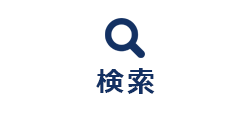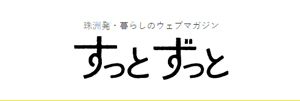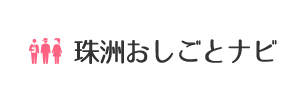本文
Suzu Salt Farm Overview
Suzu Enden Mura
Experience traditional agehama salt making at a salt farm in Suzu, a method that has been practiced on the Noto Peninsula since at least 1596. At the salt farm, visitors can watch as workers carry out agehama-style salt production. In this labor-intensive process, seawater is scattered over a field of sand to evaporate in the sunlight. The resulting salt crystals are scooped up and mixed with more seawater, then filtered to remove the sand and form a concentrated brine. The brine is boiled down in a large cast iron pot until a thick layer of salt crystals forms.
It takes several days and nights and 600 liters of seawater to make 120 kilograms of salt. Visitors can try a shorter version of the process, taking just 2 hours, by prior reservation. The experience includes carrying seawater from the rocky shore to the salt fields, sprinkling the seawater across the sand, and boiling brine to produce a small amount of salt, which visitors can take home.
Dioramas and illustrations with English signage at an adjacent museum tell the history of salt production, describing the different methods that have been used in Japan since ancient times. A video presentation outlines the key steps in agehama salt production. At the shop in the museum, visitors can buy salt produced in the salt fields, along with salt-preserved seafood, sweets, sake, and local crafts such as Suzu ware pottery. There are maps, information about local festivals, and a seating area with sea views.











 珠洲市役所
珠洲市役所






